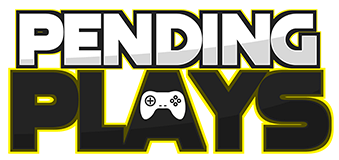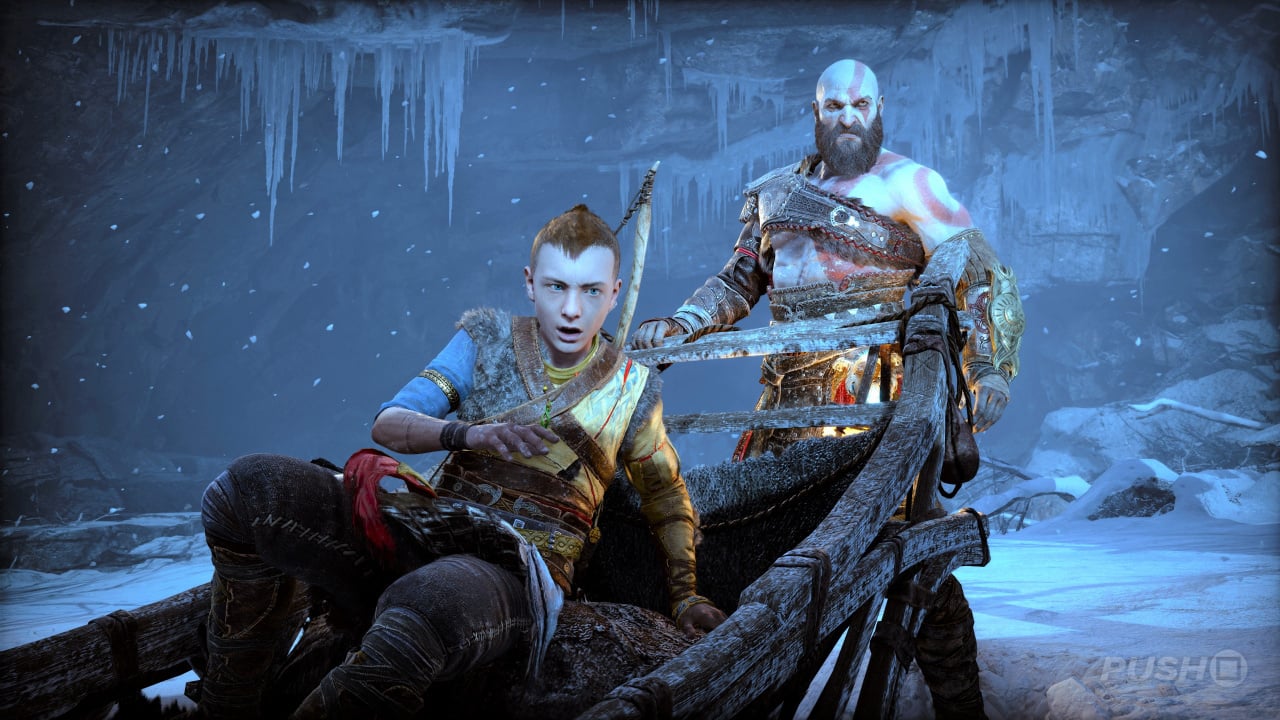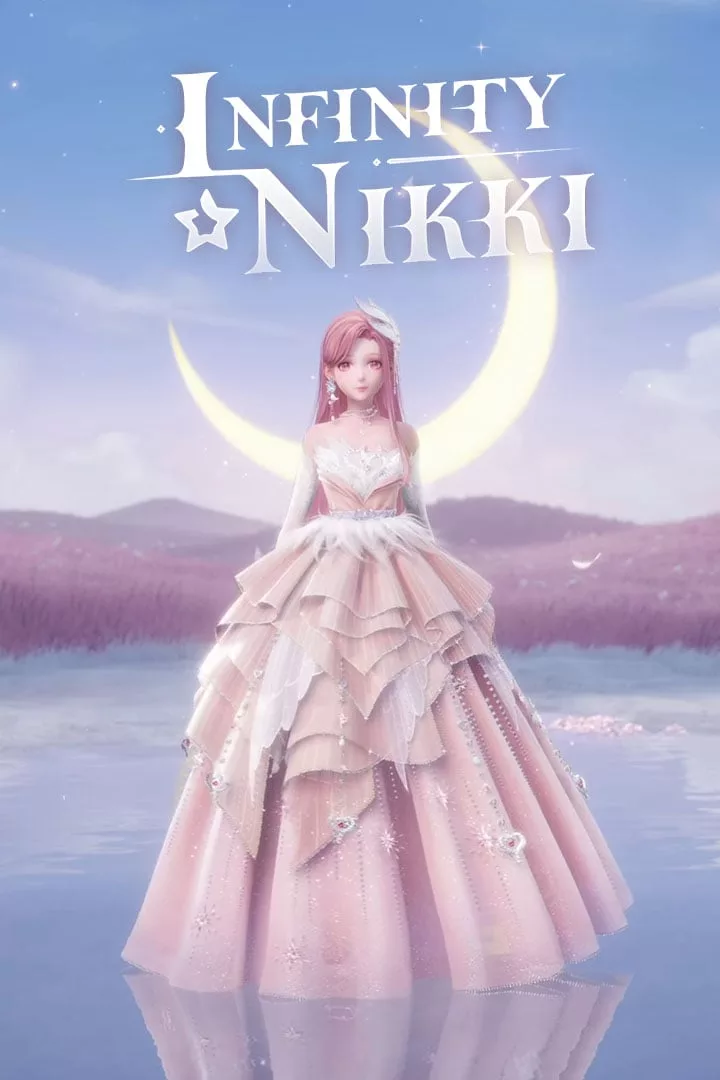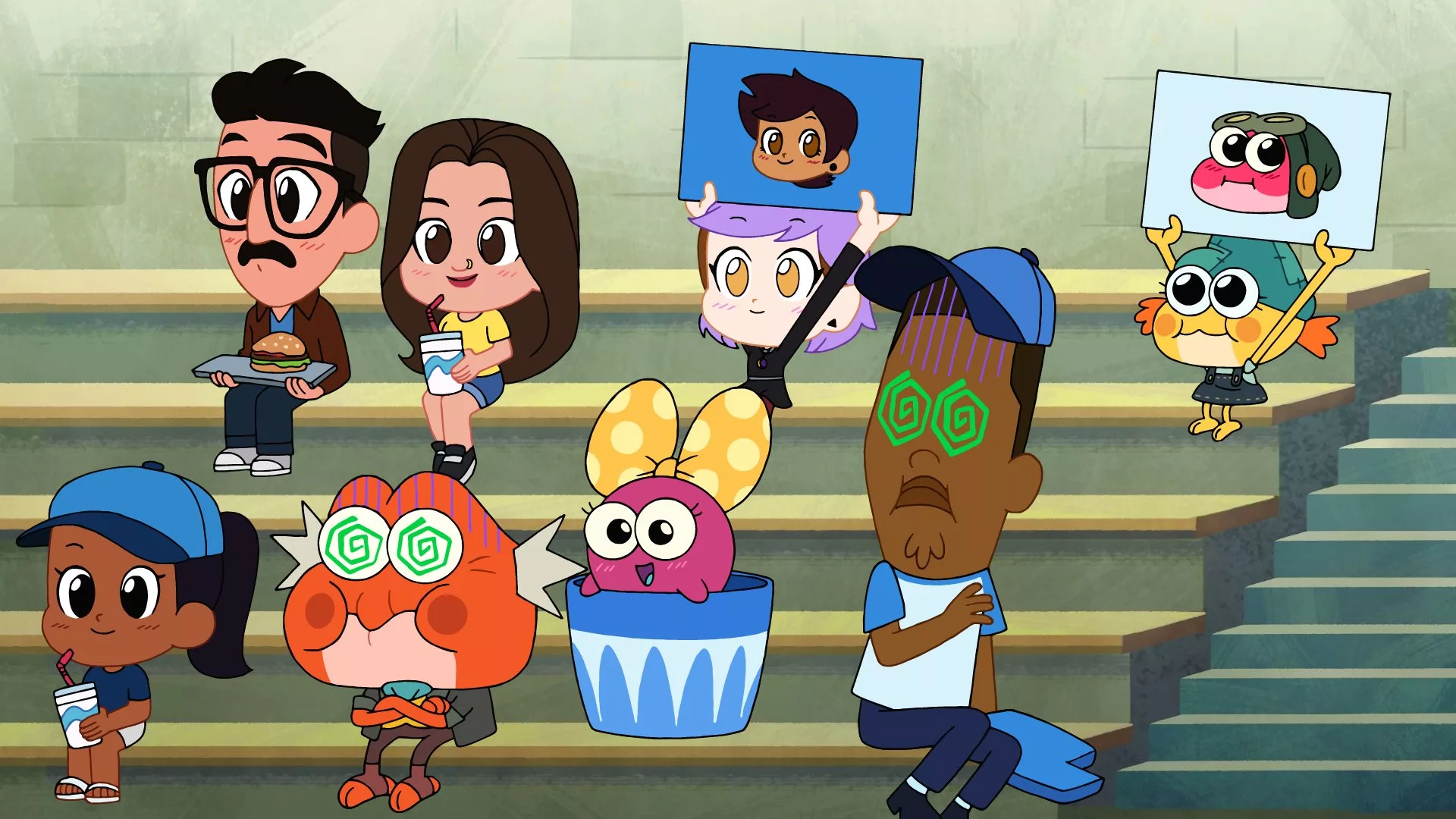
God of War: Ragnarök is a direct sequel to God of War (2018) itself a reboot/sequel to the original PS2 games including various spinoffs (yes, those PSP exclusives are canon now). It picks up the story a few years after the events of God of War (2018) with Atreus now a fully formed angsty teenager compared to the annoying yet affable pre-teen he was in the original game. Fimbulwinter has plummeted Midgard into a frozen wasteland, turning the lush woodland landscapes of the original game into a barren and desolate ice world. This could be interpreted as a metaphor for the tonal shift of the game as well, God of War: Ragnarök is far drearier than even the 2018 reboot. However, this tone is well earned and speaks to the stakes of this sequel. The threats are larger (figuratively and physically), more plentiful (in terms of enemy variety) and cut deeper (emotionally). Yes, you’re heart strings will be fully tempered by the process of playing God of War: Ragnarök. Minor spoiler: a dog dies in it’s opening 10 minutes and it doesn’t get much more light-hearted than that for the subsequent 30-40 hours of gameplay.
I will refrain from retelling the entire, chronological story of God of War: Ragnarök. The story is something you should experience for yourself but what I will discuss here is the affect said story had on me as a player and lover of grand, open-world RPGs. God of War: Ragnarök is the first game to have such a profound affect on me emotionally since The Last of Us Part II. The relationship between Kratos and Atreus is the cornerstone of this and I have never seen such a genuine portrayal of father/son dynamics in any form of media before. Kratos is still the stoic, critical, often silent except for the odd grunt, father to Atreus’ curious, ever questioning and morally pure son. This dynamic is escalated by the fact that Atreus is older now, more independent and even more entrenched in his will to defy his father’s ‘stay out of it’ approach. The increasingly isolationist Kratos vs the ever willing to help and prove himself Atreus is the true and main conflict of this story, despite the literal end of the world being at stake. You will shout at your television. First, at Kratos for being so close-minded and unwilling to entertain his son’s morbid curiosity, and equally at Atreus for getting himself into the unfortunate situations his father had constantly warned him about for two whole games! This excellent, emotional, enigmatic story is told through the most excellent voice acting and facial animation in a video game that I have ever seen. Christopher Judge, rightfully, gets a lot of credit here but equally Sunny Suljic, Danielle Bisutti, Adam J. Harrington and Ryan Hurst all deserve kudos here. Coupled with those amazing performances are heightened and stunning visual graphics, and cinematics. The scene in every trailer of Atreus shooting an arrow into the sky with Skoll quickly following, chasing after the Sun is just beautiful. I would recommend this story to anyone, even if you just watch it unfold through a YouTube walkthrough. You will laugh (“I do not need a snack”) and you will cry (the last 2 hours of the game).
The keyword here is elevation. God of War: Ragnarök does everything a sequel should do – do everything the first one did but more so and better. The gameplay is the best example of this. The combat is pretty much identical to the first game with just some added elements. Kratos’ Leviathan Axe still hits as hard as it did in the first game and recalling the axe, dislodging it from enemies and the environment, is brain-strokingly satisfying. It is still my go-to weapon and the first one I pull out when I see a group of aimless Draugr before me. Thankfully there is no crowbarred in excuse for Kratos to lose all of his progression since the last game, you can still do most of what you learned in the original but there is so much more to do that you wouldn’t worry even if you did. Equally the Blades of Chaos are back and are as devastatingly fiery and blade-y as they were when they made their highly anticipated appearance half-way through God of War (2018). The Blades of Chaos now double as a traversal tool for all of God of War: Ragnarök’s literally heightened environments. Kratos moves faster and more seamlessly than he did in the 2018 game with only one caveat – the God of War and undisputed slayer of Olympus and countless Gods and deities, climbs stone walls at a snail’s pace. Yes they are back – the dreaded insignia marked, click O to climb, left thumb stick pushing, climbing walls are back. These are ubiquitous and serve as a shrewd way for the developers to seamlessly blend in environmental loading into the game without any direct cuts or loading screens. Add to this the various crevices Kratos and Atreus must squeeze through and liftable logs, neatly blocking your path to the next area. This is a minor contrivance though as this gameplay is seamless and only helps the player remain fully immersed in this world and less like they are playing a video game in their living room.
This is a really good video game and worth every penny I spent on it. I deduct a point only for Sony’s greed in pursuing a £70 price tag for all of it’s first party titles. Greedy Sony, bad Sony, shame on you…
God of War: Ragnarök boasts some of the most inclusive accessibility options opening this amazing story and game to more people. Hopefully this is just the beginning of a new trend and Sony Santa Monica don’t hold on to this formula just for themselves, every new game needs this level of accessibility. Everything is tweakable to make this game approachable for all, the depth of these settings is truly revolutionary. This game controls excellently, and the experience is only heightened by the PS5’s DualSense controller.
The two-and-a-half-hour movie trend of the last decade has been increasingly exhausting to me. I am very much a purveyor of Netflix’s ’90 minutes or less’ category. God of War: Ragnarök is a long game. At no point was I bored, but during the last 10 hours of the game I did focus exclusively on progressing the main story despite the game’s attempts to make me explore more. Luckily nothing is missed, and you can return to all of these environments after the credits roll to explore at your will. The game’s pace is excellent, and it balances world exploration with important story beats well up until the near end. Just before the climax of the story a whole new, vast environment is revealed to you. The scale of this place is truly insane, far bigger than any of the open world environments explored previously in the game. However, at this point in the story, 35 hours in, I felt reluctant to spend an additional few hours exploring this environment to its completion. I did a few errands and got right back into the end of the main quest. This is more a personal preference and I’m sure I will enjoy going back to this environment and others after a brief pause from the game for a few weeks with no world-ending pressure on me or my characters.
Just play it. I cannot recommend this experience highly enough and God of War: Ragnarök is one of the best games I have ever played and is the best game on PS5 right now.
| Criteria | Scores | Our Score |
| Storyline | 1 – 5 | 5 |
| Gameplay | 1 – 5 | 5 |
| Value/Cost | 1 – 5 | 4 |
| Controls | 1 – 5 | 5 |
| Length | 1 – 5 | 4 |






